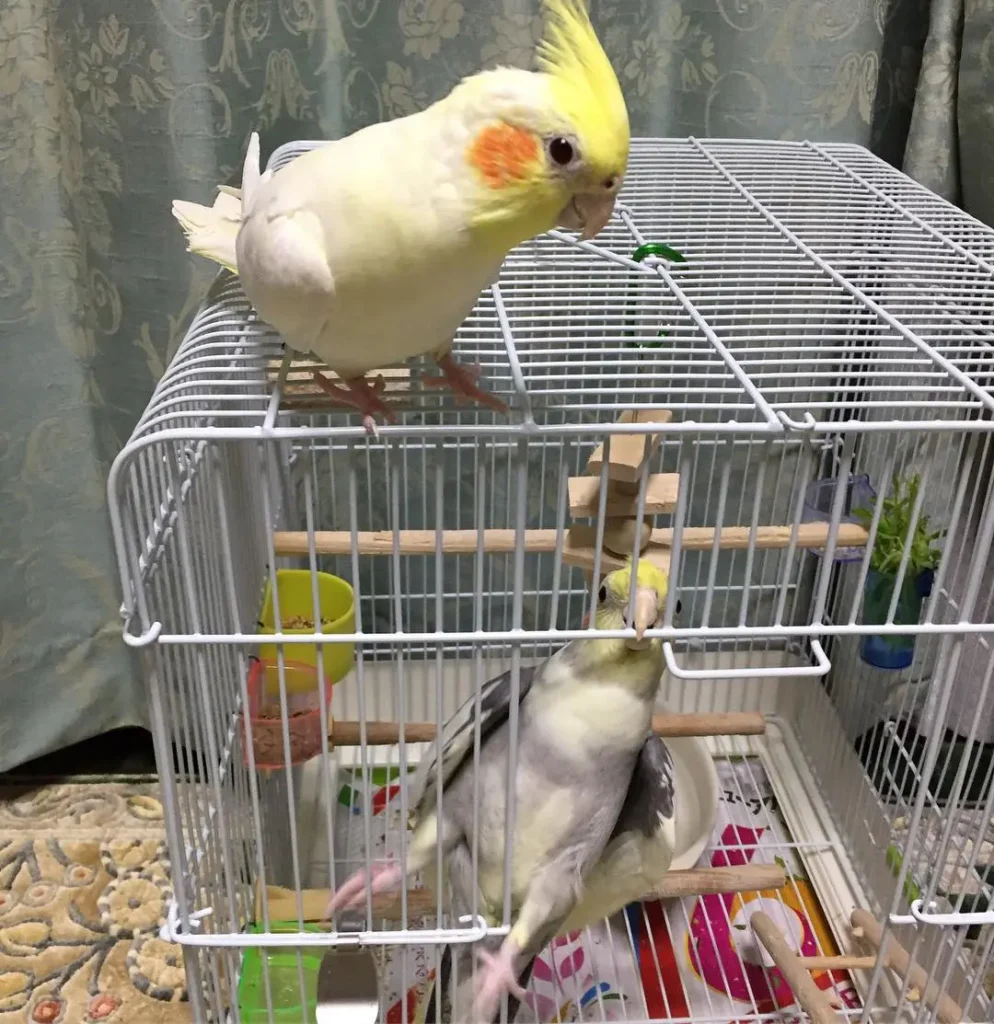

Cockatiels Parrot: 10 Facts You Didn’t Know
Cockatiel parrots rank among the most popular bird species kept as pets. They have affectionate and social behavior, exhibit intelligence, and display beautiful plumage. One of the most unique and stunning variations of the Cockatiels Parrot is the blue cockatiel, also known as the white-faced blue cockatiel. In this blog post, we’ll explore 10 interesting facts you might not know about these fascinating birds.
Ten Interesting Facts About These Fascinating Cockatiels Parrot
- Blue cockatiels are not a separate species. Rather, they are a color mutation of the common grey cockatiel. They are the result of a genetic mutation that affects the production of melanin, the pigment that gives feathers their color.
- Blue cockatiels are a relatively new color variation. They were first bred in the 1940s by aviculturists in California.
- Blue cockatiels have a distinctive appearance. Their feathers are a light blue-grey color, and they have bright orange cheek patches and a white face.
- Blue cockatiels are not as common as grey cockatiels. Because they are a color mutation, they are rarer and more expensive than their grey counterparts.
- The genetics of blue cockatiels are complicated. Breeding blue cockatiels requires a thorough understanding of avian genetics, as other genes can mask the mutation.
- Blue cockatiels are known for their affectionate and social behavior. They are intelligent and can be trained to do tricks and even talk.
- Blue cockatiels require a varied diet that includes fruits, vegetables, and a high-quality bird seed mix. They also enjoy occasional treats like millet sprays and nuts.
- Like all cockatiels, blue cockatiels are cavity nesters. In the wild, they nest in hollows in trees. In captivity, they require a nest box that is at least 12 inches tall and 8 inches wide.
- People recognize blue cockatiels for their singing ability. Male cockatiels, in particular, sing well and can learn to whistle entire songs.
- Blue cockatiels can live up to 20 years in captivity. With proper care and nutrition, they can make wonderful, long-term companions.
Conclusion
In conclusion, blue cockatiels are a fascinating and unique variation of the common grey cockatiel. They require specialized care and breeding knowledge, but for those who are willing to invest the time and effort, they can make wonderful and affectionate pets.
If you’re considering adding a blue cockatiel to your flock, make sure to do your research and, furthermore, find a reputable breeder who can provide you with a healthy and well-socialized bird.


